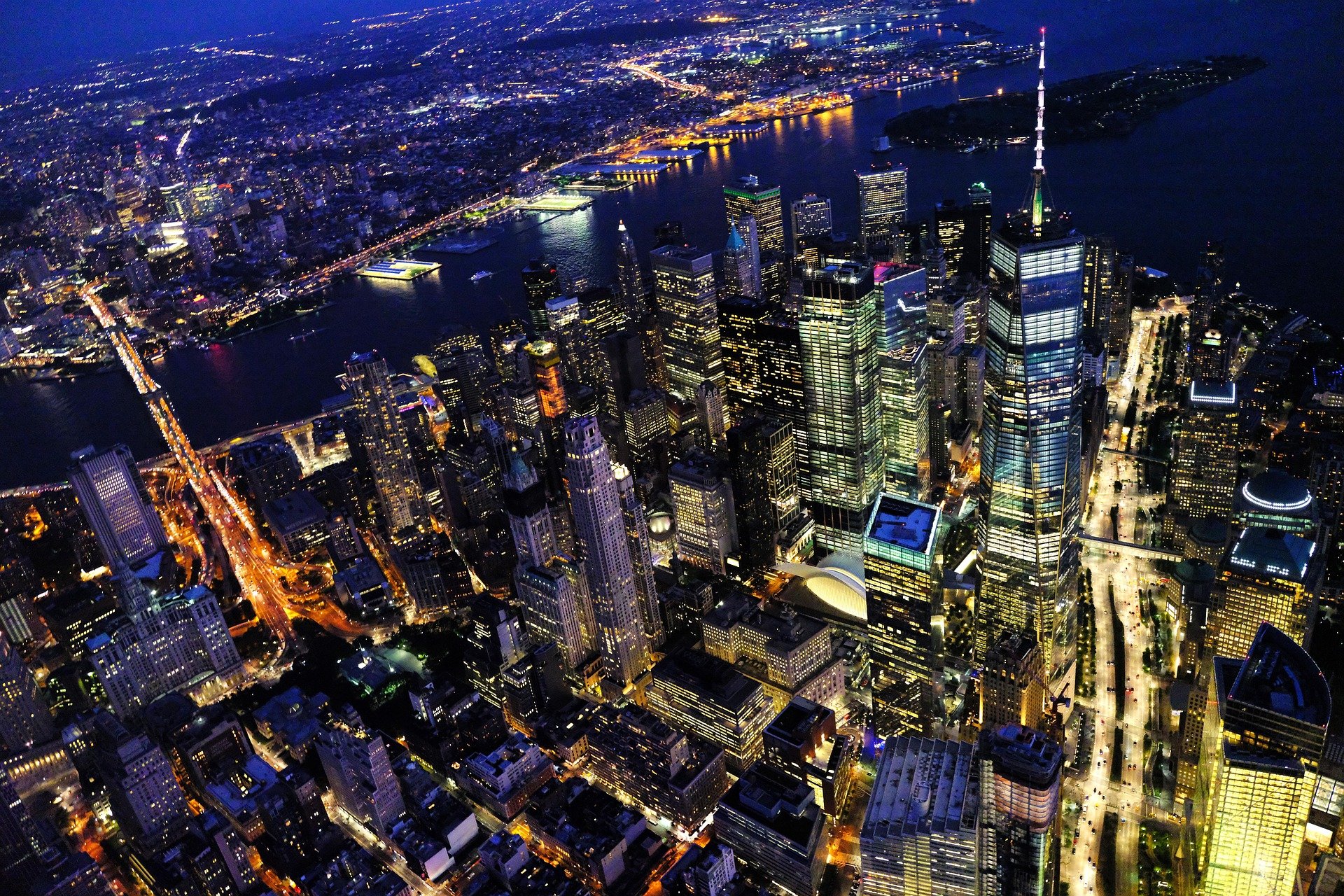Cutting the energy consumption of a facility while increasing energy savings is the new standard of building management, rather than the exception. Over the last several years, n technologies have emerged to meet those goals, such as LED lighting and controls, which can cut energy bills by more than half while improving the quality and safety of the facility. But there’s so much more. Additional ROI-boosting features in LED lighting and other technologies prove that connectivity is the future of building management.
What is a Connected Building?
Connected buildings are smart buildings, supported by a network of devices using Internet of Things (IoT) capabilities. Sensors and sensing technologies in LED lighting, for example, can track the movement of people and assets. These devices, and the raw data they collect, can be leveraged for actionable insights.
People’s behavior and actions produce data. Wherever there are people, there is lighting. So new LED technologies are perfectly positioned to gather that data via tags, badges, beacons and various sensors. They transmit the data into the cloud, to be used by mobile and web-based software solutions to save the facility more energy and labor, improve safety and productivity, prevent theft, streamline operations and increase ROI.
A few examples of connectivity:
- Airports can track baggage carts, wheelchairs and other assets, improving maintenance times and cutting labor hours spent on their search. Passenger tracking can lead to improvements in wait times, missed flights and safety, as well as opportunities for targeted marketing.
- Hospitals can track valuable equipment that nurses move and store for their use for procedures, enabling purchasers to make informed buying decisions based on actual inventory. Predictive analytics fueled by data from sensors could help hospitals detect patients at high risk of costly emergency department visits and readmissions.
- Retail shoppers can use smartphones to find shopping list items and follow the most efficient path through the store to retrieve them. We recently worked with a major retailer on connectivity projects for thousands of their stores. Some projects made possible by IoT enable stores to target in-store promotions based on the individual consumer, tailor timesaving buying processes, and monitor and safeguard stock.
- Commercial real estate tenants can strategize existing space to quickly offer open conference rooms, track conference attendants and report on maintenance issues. Owners can share energy usage data with tenants, improving their businesses as well.
- Offices can tailor their lighting hues and intensities throughout the day to maximize worker productivity and creativity. Giving control to employees over their work environment can increase satisfaction and boost recruiting.
- Facilities of all kinds can measure actual space usage to tailor energy settings, cut unnecessary consumption and redesign layouts to maximize every square foot. Costs can be saved by shifting cleaning, climate control and security resources away from unused areas.
Connectivity Unlocks Opportunity
These just scratch the surface of a connected building’s possibilities. The IoT technologies not only conserve energy, they improve the results of the business that occupies that building. This transforms the building from an energy-efficient, productivity-driving asset.
According to Bettina Tratz-Ryan, research vice president at Gartner Inc., “Especially in large sites, such as industrial zones, office parks, shopping malls, airports or seaports, IoT can help reduce the cost of energy, spatial management and building maintenance by up to 30 percent.”
Christina Halfpenny, executive director of the DesignLights Consortium, points out that the number of connected buildings is projected to grow by a third by 2024. As Halfpenny puts it, “…it’s impossible to overstate the importance of the non-illumination, data side of lighting.”
Companies now can—and should—take advantage of these new connected technologies. They can go beyond energy savings and outperform their competitors with the endless possibilities, generating positive results to their ROI.
Taking advantage of a connected building’s technologies and putting them to their best use requires expertise. We partner with lighting manufacturers like Acuity, Eaton and others when designing our turnkey solutions for clients across a broad range of industries.
And lighting is just one aspect of our overall strategy for energy managed services—we tailor the technologies that will most benefit your facility, and provide the financial expertise to take advantage of all suitable rebates, incentives, finance and pricing models.
For example, an innovative business model gaining traction is energy as a service (EaaS), where the service provider maintains ownership of equipment and the customer pays for the services provided by the equipment, usually based on the energy savings realized on utility bills. The provider designs the project scope, finances the costs and monitors performance. The EaaS solution (with an energy savings potential up to 25-50%) enables organizations to implement energy and water efficiency projects with no upfront capital expenditure.
We can discuss with you all pricing models, like pay-for-performance contracts, energy savings performance contracts, power purchase agreements and on-bill financing, to help determine which works best for your facility.
There’s no better place to learn about these and other opportunities than the World Workplace conference, hosted by the International Facility Management Association (IFMA). “Take your facility and career to new heights,” and on your way up, stop by booth #1053 to learn about our services and turnkey installations. We’ll be there as Dalkia (Groom Energy Solutions), October 16–18, at the Phoenix Convention Center. Check out the conference site for full details.

 Connectivity is the Future of Building Management" />
Connectivity is the Future of Building Management" /> 